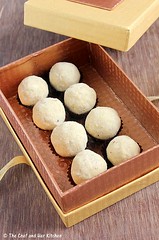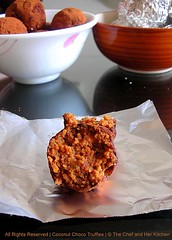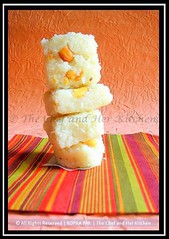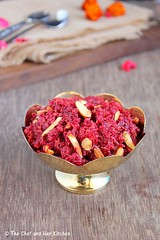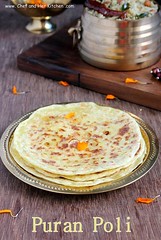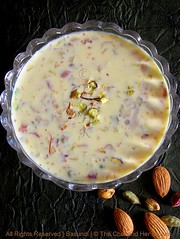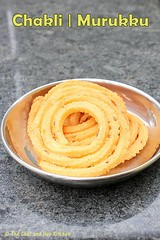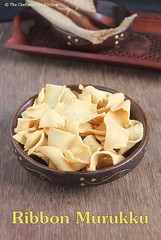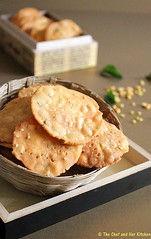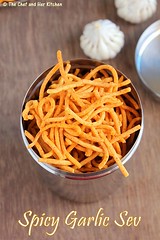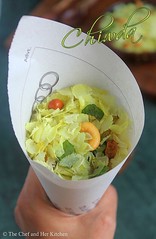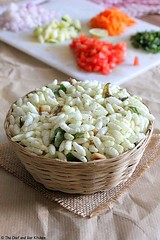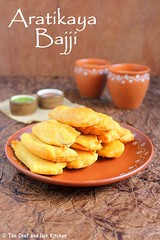
'Nalleru' is also known as 'Adamant creeper' in English and 'Pirandai' in Tamil and it has a Botonical name – Cissus quandrangularis.This creeper is usually grown on fence or in between plantations in the fields.It has good medicinal properties and is used as a healer for bone fractures and also is good for digestive troubles.
I don't find these creepers in Mumbai ,but my mom prepares this chutney for me whenever I visit her as she has these creepers in her little garden in Bangalore.I got the opportunity to click the pics of this chutney when she prepared for me sometime back.This chutney is very tasty and makes a nice combination with hot rice and ghee.

Check out other Pacchadi varieties in my blog:
- Beerakaya Pottu Pacchadi/Ridgegourd Peel Chutney
- Dosakaya(Andhra Cucumber) Pacchadi
- Kobbari(Coconut) Pacchadi for Rice
- Mamidikayi-Kobbari Pacchadi/Mango-Coconut Pacchadi
- Radish leaves(Mullangi akula) Pacchadi
- Talimpu Gongura | Noone Gongura

Nalleru Pacchadi:
Yields 1 cup
Prep time:10 mins | Cooking time:20 mins | Total time: 30 mins
Cuisine: South Indian | Category: Chutney/Pacchadi
Cuisine: South Indian | Category: Chutney/Pacchadi
Ingredients:
5-6 long stems of Nalleru
2 tbsp Urad dal
1/3 cup dry Coconut pieces
6-7 Red Chillies
1 tsp Tamarind pulp
Salt to taste
2 tbsp Oil
to temper:
1 tbsp Oil
1 tsp Mustard seeds
1 tsp Urad dal
6-8 Garlic cloves,slightly crushed
8-10 Curry leaves
Method:
- Remove the leaves from the nalleru stems and cut them at each nodes and scrape the sharp thin edges using a knife.Smear oil on your palms and tear the nalleru stems into small pieces by removing the fibre from the sides.If the stems are tender you would not need to remove the fibre part.
![]()
- Heat 1 tsp oil in a kadai/pan and add urad dal and red chillies and fry until they turn slight red in color.Add dry coconut pieces and fry for a minute.Add tamarind to it and remove it to a plate.
- In the same pan add remaining oil and add chopped stem pieces and fry the pieces until they turn slightly crisp.You should fry it really well with almost no moisture content left in the pieces.
![]()
- Grind the roasted dal-red chilli mixture into a powder and then add fried nalleru pieces and salt and add enough water and grind to a slightly coarse chutney,remove it to a bowl.You can alternatively fry all together and grind them together to a coarse paste.
![]()
- In a small tempering pan heat oil and crackle the mustard seeds and add urad dal,curry leaves and crushed garlic cloves and fry until they turn slightly red in color,add the tempering to the chutney.
Serve it with hot steamed rice,ghee and fryums.

Technorati Tags: nalleru chutney, nalleru recipes, pirandai thuvayal, paccadi recipes, andhra recipes, tamilnadu recipes


































































